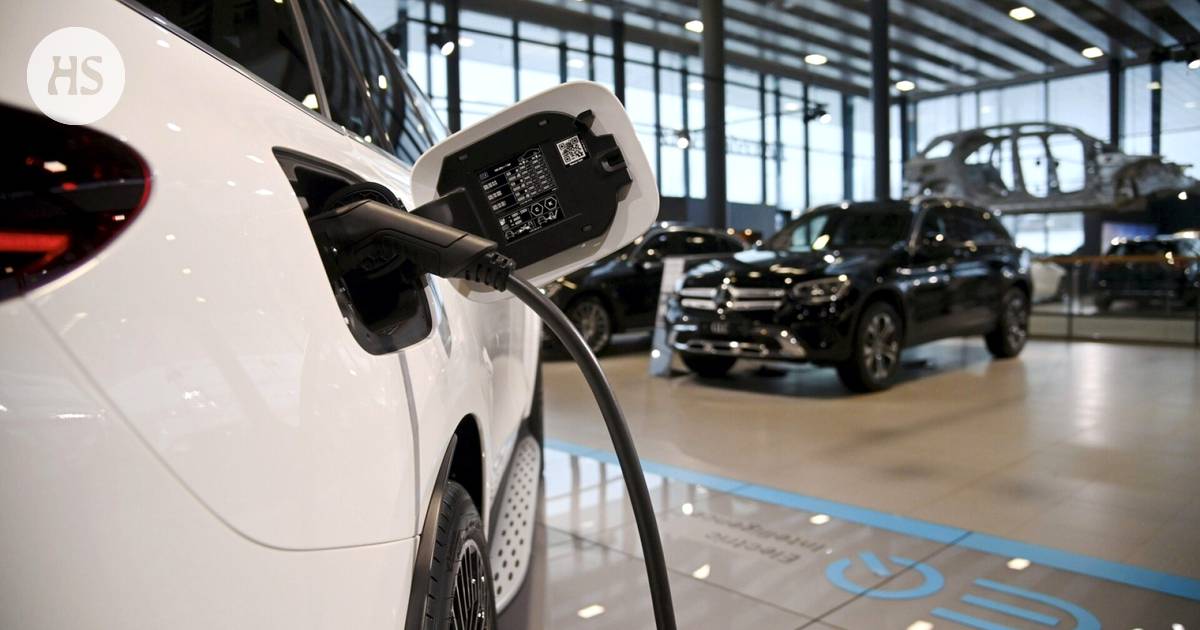The VTT forecast predicts that in the next decade, electric cars will be responsible for half of the passenger car kilometers driven. By 2022, only 2.2% of passenger car kilometers were driven by fully electric vehicles. However, the rapid growth in the number of electric cars on the road is expected to continue, with a significant increase in the share of kilometers driven by electric vehicles.
Marko Paakkinen, a specialist researcher, warns that certain government cost-saving initiatives could hinder the development of electric cars. Two specific measures could have negative consequences if implemented. While these measures may reduce costs in the short term, they could lead to long-term losses.
The scenarios presented by VTT are based on measures aimed at reducing traffic emissions, including promoting renewable fuels and supporting vehicle electrification through procurement subsidies and higher fuel prices. However, these supportive measures are no longer part of the current government’s agenda.
Paakkinen highlights two forms of support that are at risk – tax breaks for company electric cars and subsidies for charging point construction in housing associations. Both have been effective in increasing the availability and affordability of electric cars on the road.
Despite positive projections by VTT, uncertainties about future developments and pricing may impact consumer decisions about purchasing electric cars. Interest rates and household finances can also influence consumer behavior when it comes to buying vehicles. Despite this uncertainty, Paakkinen remains optimistic about the future of electric cars due to new affordable options from European manufacturers entering the market.
If predictions hold true, a significant reduction in carbon dioxide emissions from passenger cars could result from increased adoption of fully electric vehicles. However, heavy trucks may still rely on fossil fuels for transportation in the near future. Replacing fossil fuels with green hydrogen and carbon dioxide made from sustainable sources could be a more environmentally friendly option but is currently more expensive to produce.
To achieve emission reduction targets in heavy traffic areas, additional measures such as incentivizing companies to switch to zero-emission transportation or implementing regulations on truck emissions may be necessary.
In conclusion, while government policies aimed at reducing emissions have been successful thus far, continued investment and innovation are needed to ensure that fully electric vehicles become mainstream options for consumers and businesses alike while minimizing their impact on our environment and economy.



